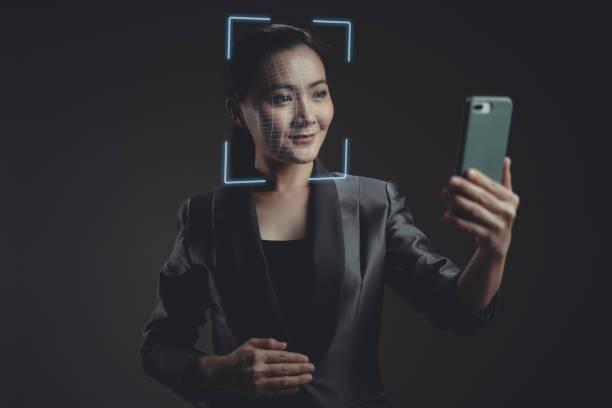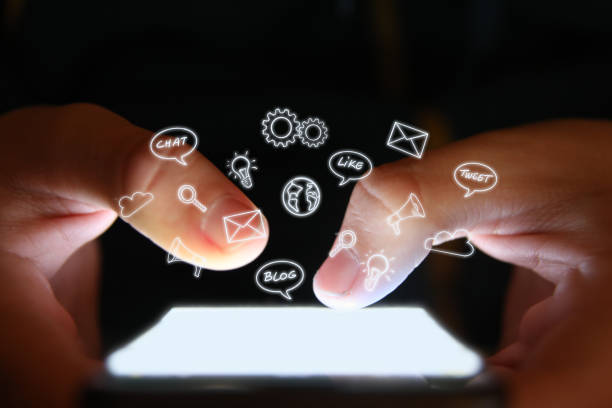From deep learning to face verification services for drivers, this is how the facial recognition industry is growing!
Utilization of face verification services for security purposes has been in practice for a while. COVID-19 limited users’ mobility and access to offices and thus, led to disruption of the security methods and techniques that had been in practice for long.
Businesses cannot afford to halt themselves every time an issue comes up, and flexibility is one of the key factors determining business success.
The unexpected COVID-19 halt demanded businesses to shift their workings, and especially security systems online.
Security systems and their management cannot afford errors. Widespread adoption of face verification services by key industry leaders during the pandemic period led to a change in the way businesses carried out their security procedures.
Today, facial recognition companies are prospering with the industry being valued at about $5.7 billion. An expected compound annual growth rate (CAGR), from 2023 to 2033, of 16.1% with an estimated market value of $25.4 billion by 2033 reflects the importance of the inclusion of face verification services for businesses.
Understanding how a face verification system works – the technology at play
Face verification services make use of modern technologies such as machine learning, 3D imaging, infrared imaging, liveness detection, and cloud computing for extensive data storage to carry out their processes.
When a user uploads their picture or hops on a live video for their identity verification, the installed face verification service will carry out a number of steps utilizing complex technologies to ensure effective face scanning.
3D imaging technology helps create a 3D model of the human face in front of the camera or in the picture uploaded. Pictures uploaded are always 2D and converting them into 3D models by asking the user to upload their pictures from different angles helps improve the accuracy of the face verification service process. This is also crucial for liveness detection.
Machine learning algorithms are set up by face verification services to accurately analyze the images provided as references. These algorithms are extensively trained to adapt to understanding human faces with minimal human interference.
User navigation within face recognition services
Face verification services today might be making use of extensive technology, however, the process that the end user has to go through needs to be kept simple.
With Shufti Pro’s face verification services, facial verification can be carried out for different purposes such as digital onboarding, transaction approvals, etc.
For initial registrations, users are only required to upload a selfie or to get on video as they submit their registration forms and other documents. However, once the user is in the database, all they need to do whenever verification is required is to upload a selfie through their phone’s camera or laptop’s webcam and they will get processed in seconds.
Modern trends and applications in facial verification technology
Face verification services form an integral part of the process that goes behind the implementation of KYC/AML regulations. AML or KYC face verification makes the whole process much more serious, which is why constant evolution and improvement in technology is essential. This improvement is further guaranteed by the massive growth predictions for the industry.
Predictions of growth are one thing, and live evolution is another. Below are some of the ways how the industry is constantly evolving in front of our very own eyes.
Fatigue and distraction monitoring through face recognition services
Fatigue and distraction monitoring through deep learning face recognition utilizes deep learning as it makes use of MTCNN or multitask convolutional neural network. It also takes into account the key points in a human face for detection of fatigue and distraction. Drivers’ fatigue and distraction monitoring by using face verification services create what is called a driver monitoring system. Integration of these systems in partially automatic cars can help greatly mitigate risk chances.
Face scanning for retail stores
Face verification services getting installed at retail stores is a pretty new trend that has lately been getting adopted by well-known stores. In-store facial recognition can be used for tracking customers as well as employees. Increasing use is due to retailers trying to avoid theft, to track traffic, for facial payments, as well as for keeping a track of employee attendance.
Installation of self-mediated face verification services at retail stores can also help facilitate self-service and self-checkouts.
While having great benefits for retail stores, installation of face verification services aka live facial-recognition or LFR technology is a relatively grey area with concerns regarding privacy and security from the public.
Payment processing/Withdrawing money using facial recognition software
Biometric technology through use of fingerprint scanners has been in use at ATMs, however, the usage of face verification services can help improve, even more, the security during payment withdrawals from ATMs.
Installation of facial verification technology at ATMs also offers efficient avenues for theft detection as well through background surveillance. If facial log of the thief can be generated and recorded, it can be used for tracking them down.




